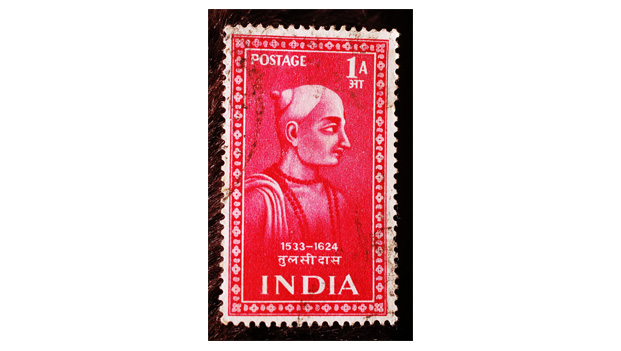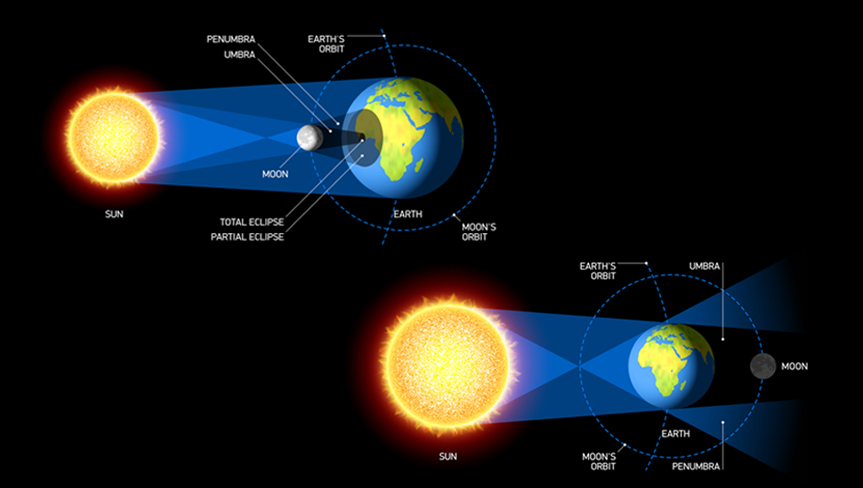8th March 2016
Stroke of coincidence between Tulsidas’ birth and death anniversary
Goswami Tulsidas was the poet saint who retold the Ramayana. He was born on Saptami of Shukla paksha (the fortnight leading for ‘New Moon’ to ‘Full Moon’) in the month of Sawan, which is the seventh day of the waxing half of the Hindu month of Sravana (July-August) in 1497(?). Coincidentally he died on the same day in 1623.


